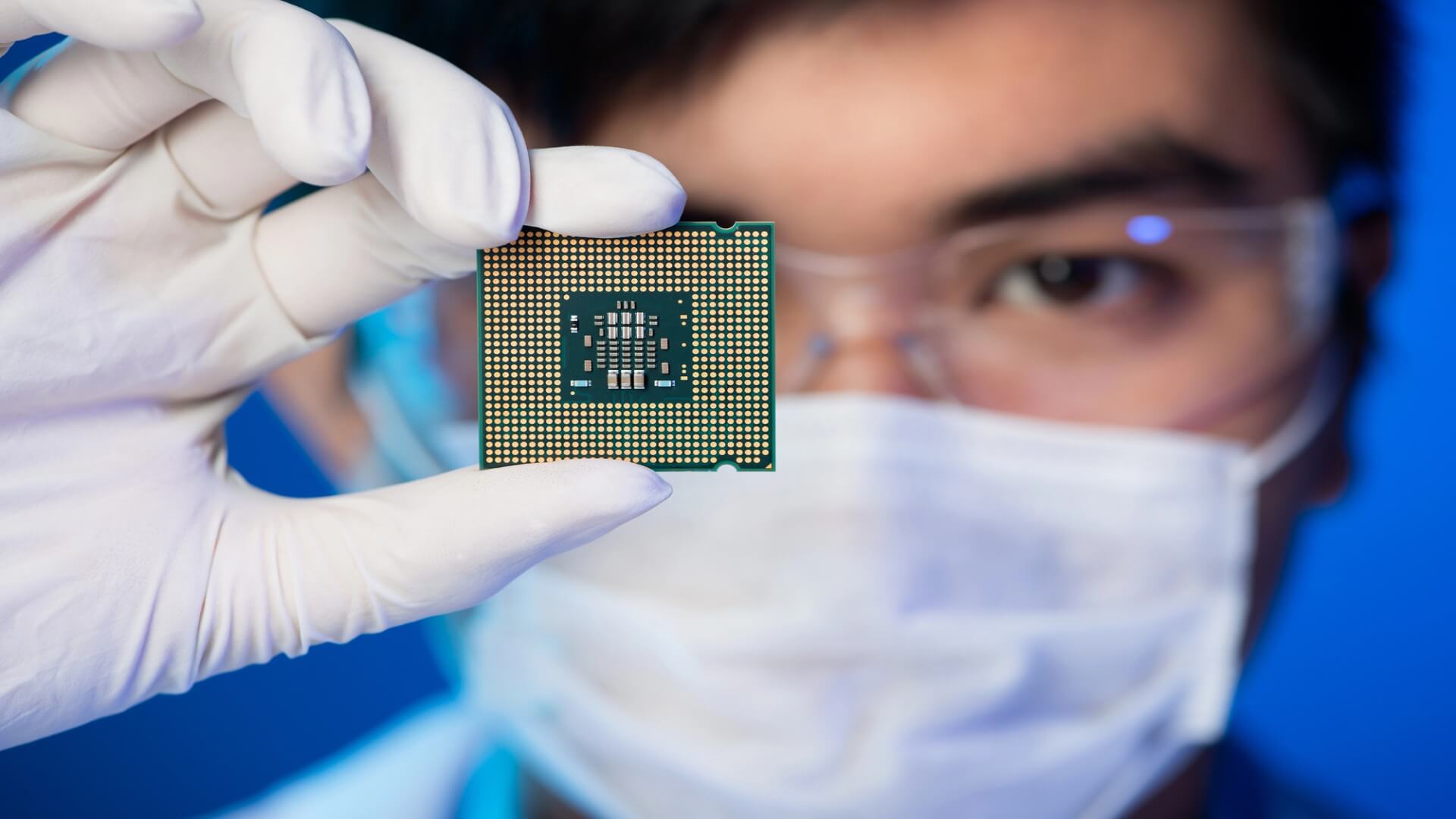A recent study revealed a significant US semiconductor manufacturing talent shortage. In a study by the Semiconductor Industry Association (SIA), in partnership with Oxford Economics, revealed the US faces a shortage of technicians, computer scientists, and engineers, with a projected shortfall of 67,000 of these workers in the semiconductor industry by 2030 and a gap of 1.4 million such workers throughout the broader US economy. The study projects the US semiconductor manufacturing industry workforce in the US will grow by nearly 115,000 jobs by 2030. This is from approximately 345,000 jobs today to approximately 460,000 jobs by the end of the decade. As the study revealed, an estimated 67,000 of these jobs risk going unfilled in the absence of action to close the gap.
As the demand for semiconductors is projected to increase significantly by 2030 and beyond, semiconductor companies are ramping up production and innovation to keep up. With the CHIPS and Science Act in 2022, a significant share of new chip manufacturing capacity and research and development (R&D) is expected to be located in the US. This will result in an increasing demand for semiconductor workers with the skills, training, and education needed in the highly innovative semiconductor industry.
The SIA and Oxford Economics study presented three recommendations to strengthen the US. technical workforce:
- Strengthen support for regional partnerships and programs aimed at developing skilled technicians for semiconductor manufacturing and other advanced manufacturing sectors.
- Expand the domestic STEM pipeline for engineers and computer scientists vital to the semiconductor industry and other sectors critical to the future economy.
- Retain and attract more international advanced degree students within the U.S. economy.
Many chip firms are investing heavily in building their own pipeline of talent through collaborations with local middle schools, high schools, community colleges and universities. Here is an opinion piece we found of interest relating on how to develop a talent pool in the US semiconductor manufacturing industry.
U.S. Investment in Semiconductor Manufacturing: Building the Talent Pipeline
In an opinion piece “U.S. Investment in Semiconductor Manufacturing: Building the Talent Pipeline” for the Council on Foreign Relations, Sherry Van Sloun, national intelligence fellow, argues that while the CHIPS Act of August 2022 provides billions to bring the manufacturing of semiconductors back to the US, each semiconductor fabrication plant (known as fabs) needs hundreds of skilled engineers and technicians at all levels. The US does not have the talent pool currently to support this ambitious pursuit. Companies like Intel Corporation, TSMC, and Micron are taking advantage of the CHIPS Act funding to build new or expanded fabs across the US. They are working with universities and consortiums to develop updated curricula within existing engineering schools as well creating brand new degree or certificate programs with interested institutions. For example, Intel is building two cutting-edge chip factories in Ohio, and partnering with the Ohio State University to build a consortium across the state. Micron and TSMC are investing in this area through STEM Chip/Tech Camps and competitions for K-12 students to provide access and awareness long before making a decision on higher education.
The Manufacturing Institute is working with students to increase awareness and change misperceptions about the industry. This includes engaging parents, educators, and community leaders on the lucrative opportunities of modern manufacturing. Van Sloun emphasizes the focus on human capital is critical to the success of bringing semiconductor manufacturing back to the United States. Read more on the Council on Foreign Relations.
Disclosure: Fatty Fish is a research and advisory firm that engages or has engaged in research, analysis, and advisory services with many technology companies, including those mentioned in this article. The author does not hold any equity positions with any company mentioned in this article.
The Fatty Fish Editorial Team includes a diverse group of industry analysts, researchers, and advisors who spend most of their days diving into the most important topics impacting the future of the technology sector. Our team focuses on the potential impact of tech-related IP policy, legislation, regulation, and litigation, along with critical global and geostrategic trends — and delivers content that makes it easier for journalists, lobbyists, and policy makers to understand these issues.
- The Fatty Fish Editorial Teamhttps://fattyfish.org/author/fattyfish_editorial/January 19, 2024
- The Fatty Fish Editorial Teamhttps://fattyfish.org/author/fattyfish_editorial/January 3, 2024
- The Fatty Fish Editorial Teamhttps://fattyfish.org/author/fattyfish_editorial/January 3, 2024
- The Fatty Fish Editorial Teamhttps://fattyfish.org/author/fattyfish_editorial/December 31, 2023








